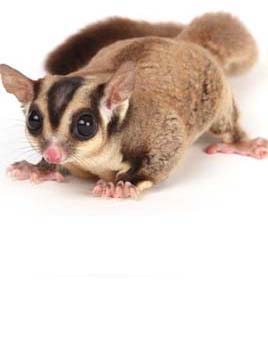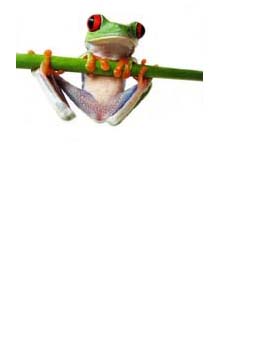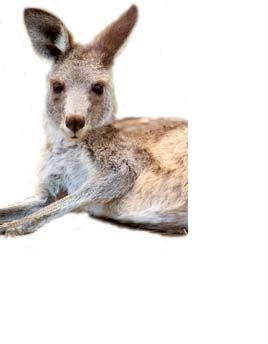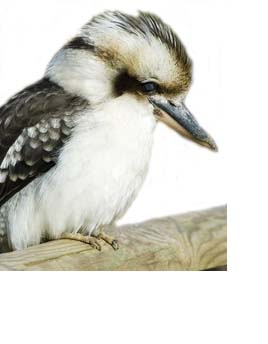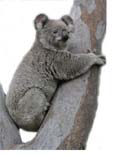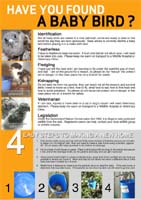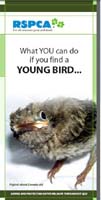|
Rescuing Adult Birds
If you have found a bird that has been
hit by a car, has one wing drooping, has cuts and is
bleeding, or you know it has been attached by a dog or cat,
it needs to go to a vet or a wildlife carer.
Work quickly and handle the bird as
little as possible, as it can die from shock from injuries
sustained and also the circumstances of it's capture.
Adult birds who allow themselves to be
captured are usually suffering some kind of ailment, whether
it be shock, stunned, have broken bones, are bleeding,
exhausted, semi-starved, dehydrated, or suffering from
disease.
Please click on thumbnail to see larger image...







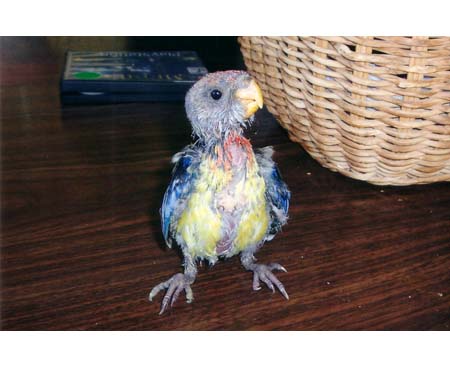
Rescuing Fledglings
Rescuing Nestlings
Constructing an Artificial Nest
|
|
|

